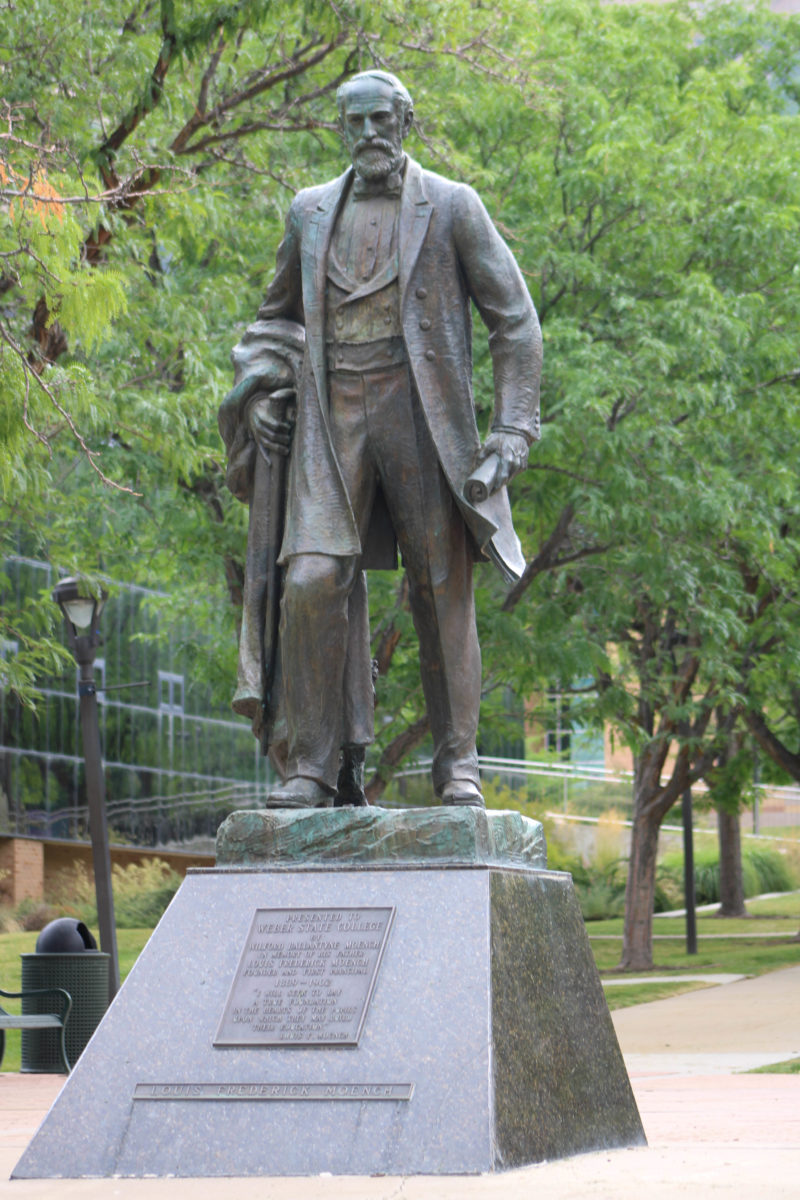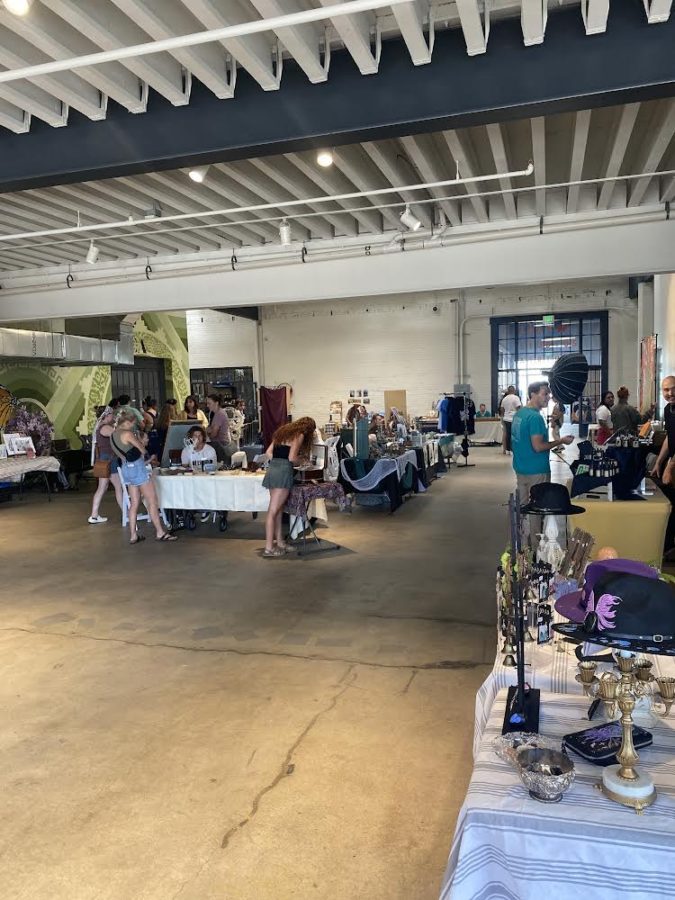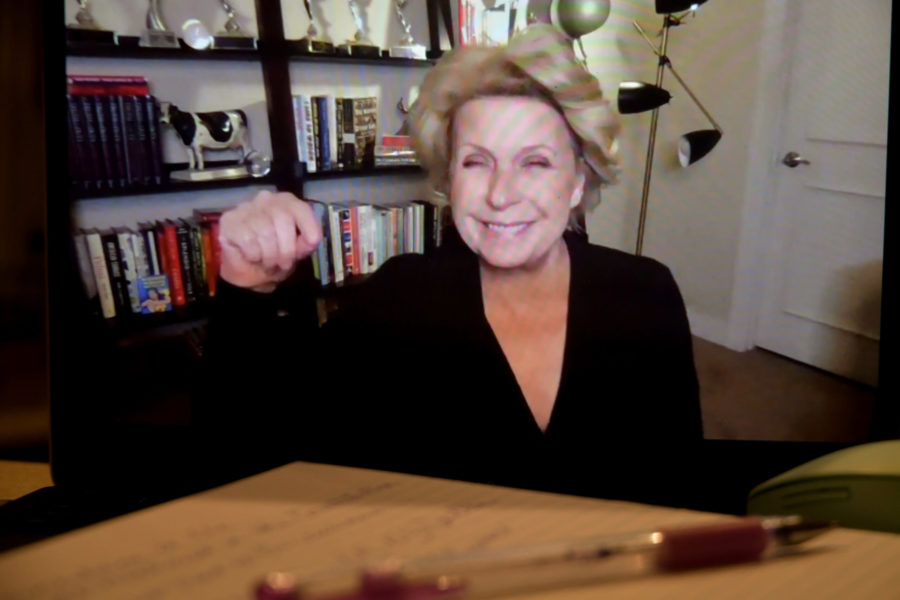It’s 2010, and I’m sitting behind a big desk with a list of sins to confess. My day of reckoning has come. The man on the other side of the desk is graying and gentle and walks me through a line of questions that seem better suited for adults in marriage counseling. He’s concerned – he tells me – and we have a lot of work to do. In the moment, I’m grateful. This load is off my shoulders, and he’s going to help me.
The man is my Mormon bishop. Every time I go back to his office, he has new advice. I’ve been taught that he has the answers, so I rely on him to solve my problems. Nothing seems to work and the problem persists.
This goes on for months. He asks me questions I can hardly believe are allowed:
“Why do you masturbate? Do you do it while you watch movies? When do you masturbate? Where do you masturbate?”
I answer all his questions. By the end of our sessions, I’m usually curled into the chair, my face red, feeling embarrassed and weak and worthless.
I spend the rest of the year in scrambled disarray. I can’t stick to any of the goals the bishop gives me. I grow anxious and depressed. I feel disconnected from my church and the God who’s supposed to love me unconditionally.
Eventually, the thought of his office makes me feel sick. I begin to avoid him in the church hallways and I stop meeting with him. The church clerk calls to say the bishop is thinking of me, and don’t I want to keep talking with him? But I want the bishop to stop thinking of me.
I tell my young woman’s leader there’s no point in me coming to church, and maybe there’s no point to living anymore. She’s alarmed, so she notifies the bishop.
I drag my feet to his office, where he tells me there’s no reason to be upset because he just wants to help me. I begin to just tell him what he wants to hear because I don’t want his probing questions that always leave me feeling exposed or his advice that cuts more than it heals.
When you’re told there is only one person who can fix your problems, and that person is locked in a room behind a big desk, you can’t help but think he’ll make all the bad things go away. At 14, I told him things I never would have even felt comfortable discussing with my parents or closest friends.
The Mormon church has created a culture in which members put trust in their leaders and should never question that trust. I spent seven years thinking my bishop was an anomaly, that most people probably didn’t have to go through what I did.
In 2017, I was sitting in the Signpost office when someone brought me a flyer for a protest in Salt Lake. The headline read “Protect LDS Children.” As I read, I grew almost instantly emotional. A group of people were protesting sexually-explicit questions from bishops to children. That was the first day I ever considered this was a widespread problem and not something that had only happened to me.
Sam Young, a former LDS bishop, is the man behind Protect LDS Children. After his daughter told him about explicit questions asked to her while she was a teenager, he posted to Facebook, asking if others had similar experiences. When he realized this was a common practice, he decided to take action.
Young began writing about the policy on his blog. He started a petition to garner support from other members. He held a march to the church office building in Salt Lake City. He created a website for Protect LDS Children in which members could post personal experiences from the policy.
He believed most members were unaware, as he had been, that these explicit questions were common practice. He thought once a spotlight was put on the harmful policy, the church would realize the potential damage and fix the policy.
As you may or may not know, he was wrong. The Church stuck by the policy, and members stuck by their leaders.
“In our church, I didn’t realize how strong the culture was that you don’t use your common sense unless Salt Lake has given no direction,” Young said. “If Salt Lake has given direction, common sense goes out the window. You support and sustain whatever they say.”
Young hoped spiritual leaders from other religions would give support to his cause. He was shocked to find that most leaders were hesitant to oppose the Mormon church.
In one instance, Young contacted a leader from a different religion and asked for their support. Though they supported Young’s cause, the leader said they were active in the interfaith ministry in Salt Lake, and the Mormon church spread enough money around that they couldn’t offend the Mormon church.
Young hoped a hunger strike would bring enough pressure for the Church to change the policy. The strike garnered national attention and Young amassed a petition with a hundred thousand signatures opposing the policy.
With pressure mounting on church leadership, the church decided to change the policy for one-on-one interviews. Now, the child can choose to bring another adult into the room with them. The Church never addressed the problem of sexually-explicit questions, and Young doesn’t think the new policy will change anything.
“Most kids are not going to ask for someone else to be in that room,” Young said. “There’s not only peer pressure, but trust and relationship issues. You don’t want the bishop to think you don’t trust him.”
Young believes he faces such passionate opposition because Mormon culture is to follow apostles and their teachings, even when they could be wrong. Though Young was never criticizing Mormon doctrine, members of the church equated his protest with opposition to the church as a whole. Church leaders also interpreted his protest this way.
With the policy changed and public pressure dissipating, the church brushed the problem of sexually-explicit questions to the side and excommunicated Young.
So here we are, a year after Young began his protest. Every day, more children are subjected to one-on-one interviews. The church is seemingly determined to ignore the stories of interviews gone wrong.
Kip Eliason committed suicide when he was 16 years old because of the stresses that resulted when his church bishop told him that masturbation was sinful.
An eight-year-old girl was molested by her bishop during her baptismal interview.
Hundreds of letters on the Protect LDS Children website detail more lifelong traumas and anxieties stemming from these one-on-one meetings.
Young decided to appeal his excommunication. It’s likely that nothing will come from his appeal, but Young hopes it will bring more awareness to the harmful policy. He was excommunicated, after all, in the name of trying to protect children from potential abuse.
It’s hard not to read Young’s excommunication as an endorsement from the church for the policy. The Church hasn’t discussed why it allows men who have no formal training to engage in potentially harmful dialogue with children as young as eight.
The Church might never recognize the efforts of Young to protect LDS children from traumatizing situations. But he did help one girl, reaching from states away to let her know that she’s not alone. It may not be enough, but it is a place to start.
The following are questions that have been and continue to be asked in one-on-one interviews with children:
What type of pornography do you watch?
Do you know what a vagina is?
Were your nipples hard?
Did you know that once boys reach a certain level of arousal, they have no choice but to keep going, that they can no longer stop their sexual advances?
Describe the sexual positions you engaged in.
Was she shaved?
Where did he ejaculate?
Did he penetrate you?
The following are questions asked to rape victims:
Did you like it?
What did you do to egg him on?
What were you wearing?
Did you orgasm?





















The Signpost • Dec 5, 2018 at 11:12 pm
Thank you for your comment. We do use the official media stye guide produced by the Associated Press. While we respect the suggestions put forth by said religious organization, the AP Style Guide has not adopted the rules you mentioned. Here is what the AP Style Guide says:
-Mormon church, LDS church or the Latter-day Saints can be used, but the official name is preferred in first reference in a story dealing primarily with church activities.
-Members are referred to as Latter-day Saints or Mormons, the latter based on the church’s sacred Book of Mormon.
A person that reads stuff • Dec 5, 2018 at 6:34 pm
Thanks for your informative, if off-color, article 🙂
I think as a small media outlet, you perhaps don’t take yourself as seriously as you should, and feel like ignoring (or are perhaps unaware of) official media style guides. It’s cool, I get it. You wanna be edgy, and using formal titles isn’t cool. But this isn’t an editorial by some write-in student. This is by a columnist, Daryn Steed.
I just wanted to make you aware if you’re not, and whether you’re aware of it or not, encourage you to adopt the style guide, part of which I pasted here. I’m sure people don’t run around calling Daryn Dar-Bear or something diminutive after she has asked them not to.
Cheers!
–While the term “Mormon Church” has long been publicly applied to the Church as a nickname, it is not an authorized title, and the Church discourages its use. Thus, please avoid using the abbreviation “LDS” or the nickname “Mormon” as substitutes for the name of the Church, as in “Mormon Church,” “LDS Church,” or “Church of the Latter-day Saints.”
–In the first reference, the full name of the Church is preferred: “The Church of Jesus Christ of Latter-day Saints.”
–When a shortened reference is needed, the terms “the Church” or the “Church of Jesus Christ” are encouraged. The “restored Church of Jesus Christ” is also accurate and encouraged.